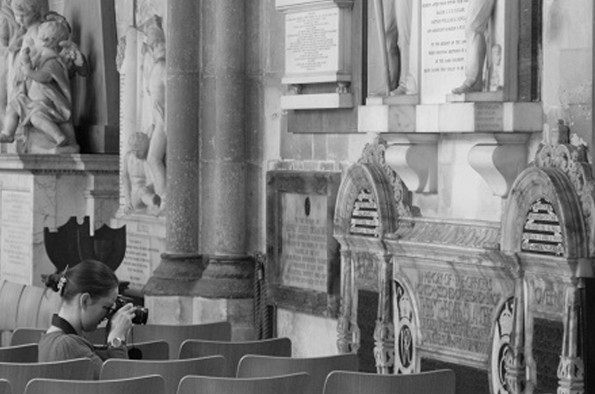
The Trouble with Tombs
Add this event to my calendar
Click on "Create a calendar file" and your browser will download a .ics file for this event.
Microsoft Outlook: Download the file, double-click it to open it in Outlook, then click on "Save & Close" to save it to your calendar. If that doesn't work go into Outlook, click on the File tab, then on Open & Export, then Open Calendar. Select your .ics file then click on "Save & Close".
Google Calendar: download the file, then go into your calendar. On the left where it says "Other calendars" click on the arrow icon and then click on Import calendar. Click on Browse and select the .ics file, then click on Import.
Apple Calendar: The file may open automatically with an option to save it to your calendar. If not, download the file, then you can either drag it to Calendar or import the file by going to File >Import > Import and choosing the .ics file.
Throughout this period, charnel collections of human bones created from pragmatic exhumations had cycles of being presented in churches, and tomb ‘treasures’ and historic human remains continued to be displayed in churches centuries even after the end of saints’ cults in the 1530s and 1540s. Today, there is extensive public and media interest in Britain’s church charnel displays as well as saints’ bones in cathedrals; royal exhumations; and demands to exhume or investigate the graves of iconic individuals from history, such as the Princes in the Tower, King Harold, and William Shakespeare. HS2 construction involves unprecedented exhumation of thousands of skeletons from church contexts.
Led by Dr Ruth Nugent, an archaeologist specialising in Britain’s mortuary cultures from the 5th century AD onwards, this public lecture will explore the ways people have encountered and understood the ‘ancient’ dead in Britain since the 7th century and how we can use that knowledge to serve modern heritage and reburial of the long-dead today.
Dr Ruth Nugent will be joined by a panel of experts consisting of Harold Mytum, Professor of Archaeology at University of Liverpool; David Monteith, Dean of Leicester Cathedral; Andrea Bradley, MCIfA, Route-wide Burial Grounds Coordination; and Ian Dungavell, Chief Executive Friends of Highgate Cemetery.
Speaker bios
Dr Ruth Nugent is an archaeologist specialising in Britain’s mortuary cultures from the 5th century AD onwards, with a particular interest in the inherited dead. She has recently been awarded a prestigious UKRI Future Leaders Fellowship at the University of Liverpool.
Ruth joined the University of Liverpool as a UKRI Future Leaders Fellow in Historical Archaeology and Digital Humanities, having previously held postdoctoral positions at Lancaster University and the University of Chester. She has also lectured in both Archaeology and History at the University of Chester from 2011 to 2017 and as a guest lecturer at the University of Manchester.
She is currently leading her ‘Human Remains’ project, which will examine the history of exhumation, investigation, reburial, and recording of human remains buried in Christian contexts from the 7th-19th centuries.
